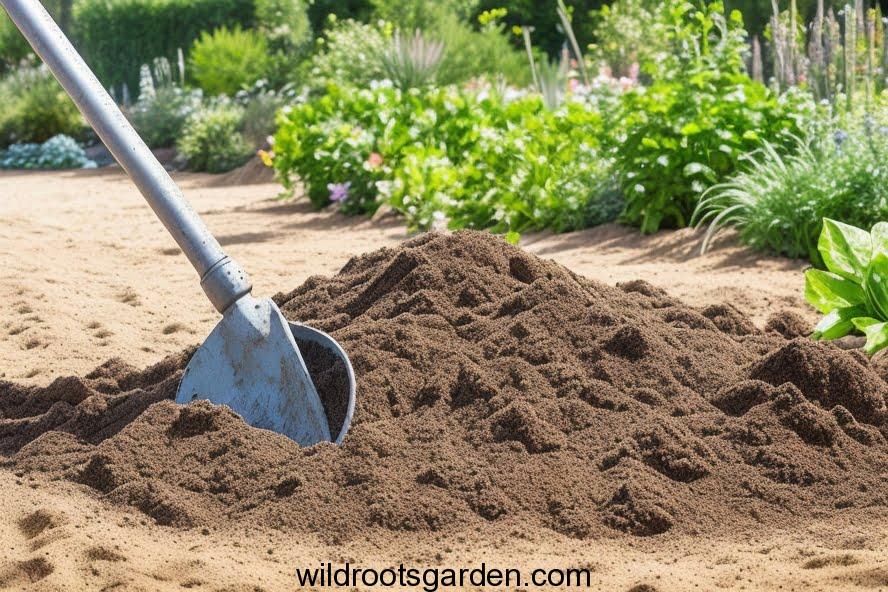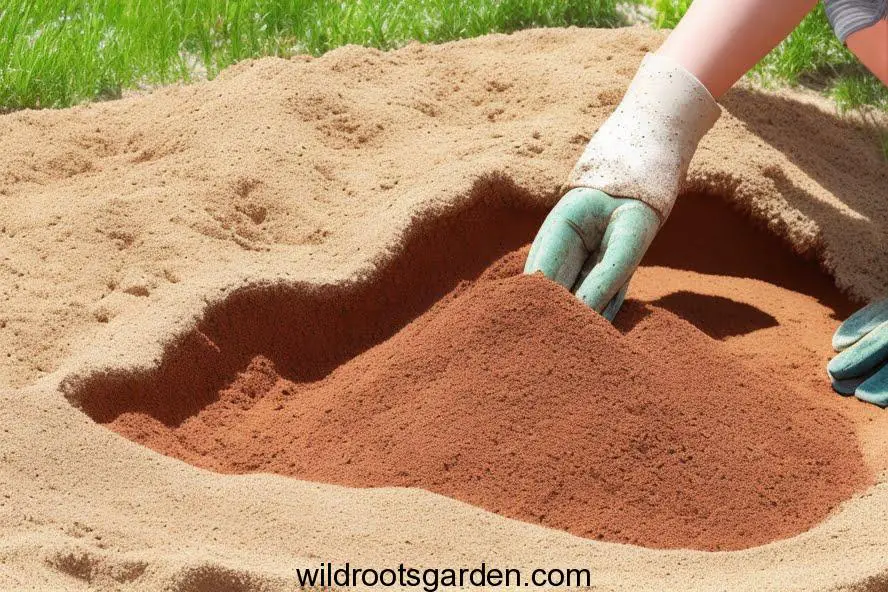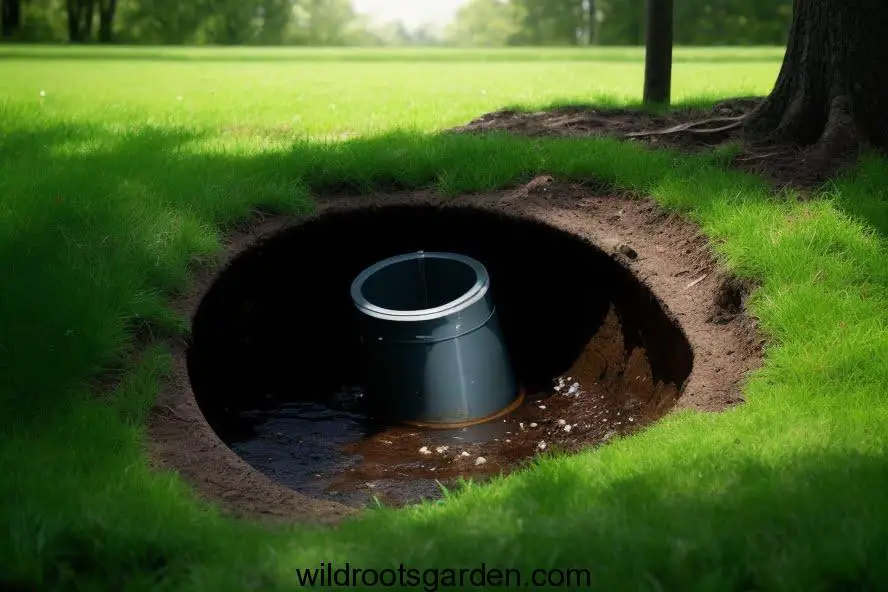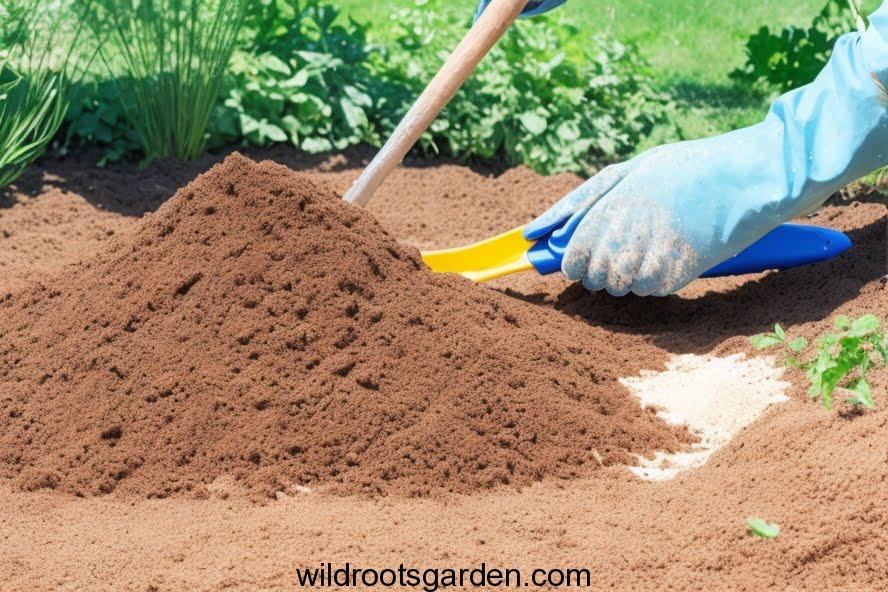Adding Sand to Garden Soil. Gardening enthusiasts frequently look for ways to improve their soil to promote greater plant health and growth. Incorporating sand into the soil is one practical approach that can dramatically improve drainage and soil structure. The advantages of adding sand, which encourages aeration, lessen soil compaction and minimizes waterlogging, creates an ideal environment for root development, are covered in this introduction. It also examines factors to take into account when selecting the proper kind and quantity of sand for various soil types and plant species. Gardeners who are aware of the benefits of this straightforward yet effective strategy are better equipped to create gardens with healthier soil that is growing and flourishing.
Benefits of Adding Sand to Garden Soil
Improves Drainage
Plant health depends on proper drainage since it guards against waterlogging and root rot. By expanding the pore spaces between soil particles, sand can greatly increase drainage in garden soil. Sand improves the efficiency with which extra water drains from the soil, preventing water from pooling around the roots.
Enhances Soil Structure
The arrangement of the particles and the spaces between them are referred to as the soil structure. Sand is added to garden soil to help it become looser and more friable. Sand is added to the soil to improve aeration, which makes it easier for plant roots to receive oxygen. Moreover, it lessens soil compaction, which facilitates root infiltration and establishment.
Aids in Water Retention
Sand paradoxically aids in water retention while also enhancing drainage. Sand is a component of soil that helps soil retain some moisture while letting excess water drain away. This regulated water-holding capacity ensures the soil doesn’t get too wet or too dry, creating the ideal environment for plant growth.
Reduces Compaction

Garden soil can become compacted over time due to foot traffic or heavy machinery. Compacted soil hinders root development and limits the availability of oxygen and nutrients. By adding sand, you can alleviate soil compaction, creating a more hospitable environment for plant roots to thrive.
Types of Sand for Garden Soil
When selecting sand for your garden, it’s important to choose the appropriate type based on your specific needs. Here are a few commonly used sands for garden soil:
Silica Sand
Silica sand is a popular choice for amending garden soil. It is composed of small, irregular-shaped particles that improve drainage and enhance aeration. Silica sand is commonly available at garden centers and is suitable for a wide range of plants.
Horticultural Sand
Horticultural sand is specially formulated for gardening purposes. It is often sterilized to eliminate weeds, pests, and diseases. Horticultural sand is finer in texture, making it ideal for seed germination and root cuttings.
Sharp Sand
Larger particles in sharp sand, sometimes referred to as grit sand or coarse sand, help with drainage and reduce compaction. It is especially helpful in places with dense clay soils because it encourages aeration and breaks up the soil’s structure.
River Sand

Natural sand found in riverbeds is known as river sand. Although it is frequently used in buildings, it also has uses in gardening. River sand can enhance soil structure and has strong drainage qualities. However, it can have silt or clay particles, therefore it’s best to properly wash it before using.
How to Add Sand to Garden Soil
Adding sand to your garden soil requires careful consideration and proper techniques. Follow these steps to incorporate sand effectively:
Determine the Soil Type
Understanding your soil type is essential before adding sand. Sand may not even be necessary to be added because sandy soils naturally drain effectively. The sand amendment, on the other hand, is most beneficial for clay soils since it aids in breaking up the compacted structure. Less sand may be needed to improve loam soils, which have a good balance of sand, silt, and clay.
Test for Drainage

You can test your soil’s percolation to determine how well it drains. Make a hole that is about 1 foot wide and deep. See how long it takes for the water to drain when you fill it with water. Sand can be added to areas to help with drainage if water is dripping too slowly.
Calculate the Amount of Sand Needed
Based on the area you plan to alter, determine the required amount of sand. For clay soils, as a general rule, try to use a ratio of 1 part sand to 4 parts soil. A ratio of 1 part sand to 8 parts soil may be adequate for loam soils. Sand amendments are often unnecessary for sandy soils.
Spread the Sand
Evenly distribute the calculated amount of sand over the designated area. Use a rake or shovel to spread it out, ensuring it covers the soil surface uniformly.
Mix the Sand with the Soil
Sand should be evenly distributed and then properly incorporated into the soil. To accomplish this, mix the sand and dirt together with a rototiller or garden fork. For proper inclusion, aim for a depth of 6 to 8 inches.
Precautions and Considerations
Although adding sand to garden soil has many advantages, there are a few things to watch out for:
pH Levels
Sand has a neutral pH, which means it will not significantly alter the acidity or alkalinity of your soil. However, if your garden soil already has extreme pH levels, it’s important to address those issues separately to create an optimal environment for your plants.
Nutrient Content
Sand does not contribute significant nutrients to the soil. Therefore, it’s crucial to supplement the amended soil with organic matter or fertilizers to ensure proper nutrition for your plants.
Ecological Impact
Examine the sand’s ecological impact before choosing it. Some forms of sand, including beach sand, may contain toxins or disturb the ecosystems’ natural equilibrium along the coast. Choose environmentally sound and responsibly supplied sands.
Alternatives to Sand
If sand is not readily available or suitable for your gardening needs, there are alternative amendments you can use:
Organic Matter
Composting or adding well-rotted manure can help with soil structure and supply vital nutrients for plant growth. Furthermore, organic matter improves water absorption and encourages advantageous microbial activity in the soil.
Perlite
Lightweight volcanic rock called perlite is frequently used to improve soil. It boosts aeration, improves drainage, and aids in preventing soil compaction. For container gardening or potted plants, perlite is especially helpful.
Vermiculite
Vermiculite is a mineral that undergoes a heating process to expand into lightweight, spongy granules. It has excellent water-holding capacity and aids in nutrient retention. Vermiculite is commonly used in seed-starting mixes and as a soil amendment for moisture-loving plants.
In conclusion, the addition of sand to garden soil proves to be a valuable technique for any gardening enthusiast looking to optimize their plant growth and overall garden health. The enhanced drainage and improved soil structure create an ideal environment for plant roots to thrive, ensuring better nutrient absorption and preventing water-related issues. However, it is essential to strike a balance and consider soil type and specific plant needs when adding sand, as excessive amounts may have adverse effects. By implementing this method thoughtfully, gardeners can enjoy the benefits of healthier, more robust plants and create a flourishing garden that brings joy and beauty to their outdoor space.
FAQs
1. Is adding sand to garden soil beneficial for all plants?
While adding sand can benefit many plants, it is particularly helpful for plants that prefer well-draining soil, such as succulents, herbs, and vegetables like tomatoes and peppers. However, it’s important to consider the specific needs of each plant species before amending the soil.
2. Can I use any type of sand for my garden?
Selecting the right sand for your garden is crucial since different types of sand have different properties. For horticulture reasons, silica sand, horticultural sand, sharp sand, and river sand are frequently utilized. Be sure the sand is suited for your soil type, clean, and free of toxins.
3. How often should I add sand to my garden soil?
Sand addition frequency is influenced by a number of variables, including as soil type, drainage issues, and the particular requirements of your plants. Sand does not generally need to be added frequently. If you see compaction or poor drainage, keep an eye on the structure and drainage of your soil over time and think about adding sand.
4. Are there any disadvantages to adding sand to garden soil?
While adding sand can have many advantages, it’s necessary to think about any possible disadvantages. Clay soils can develop a concrete-like consistency from too much sand addition, which prevents root growth. Sand can also produce uneven pockets in the soil if it is not fully mixed with it, which can have an impact on plant growth.
5. Can I use beach sand in my garden?
Using beach sand in your garden is not recommended. Beach sand may contain salt, which can harm plants and disrupt soil fertility. Additionally, using beach sand can contribute to the erosion of coastal ecosystems. It is best to choose sand specifically designed for gardening purposes.

